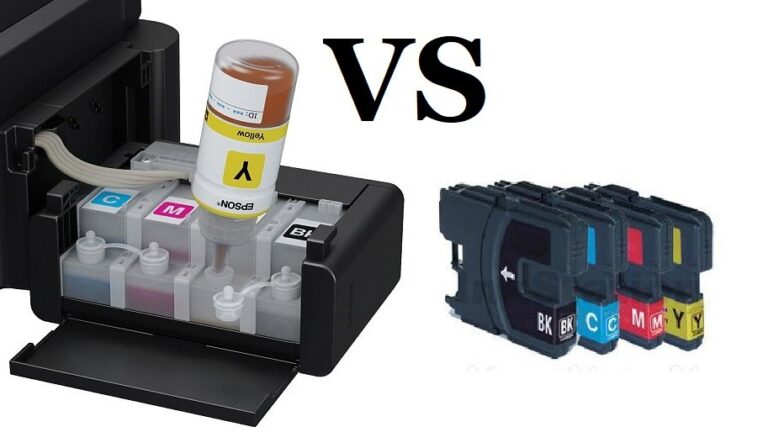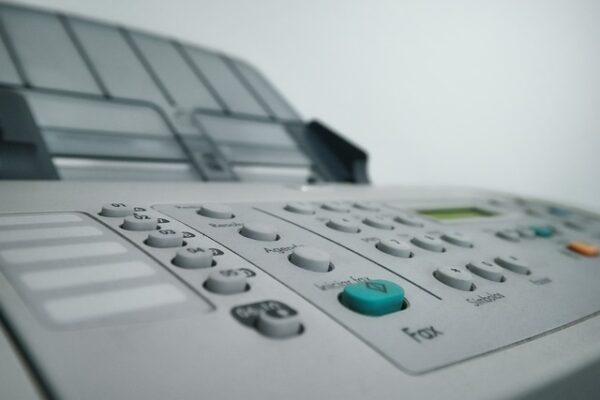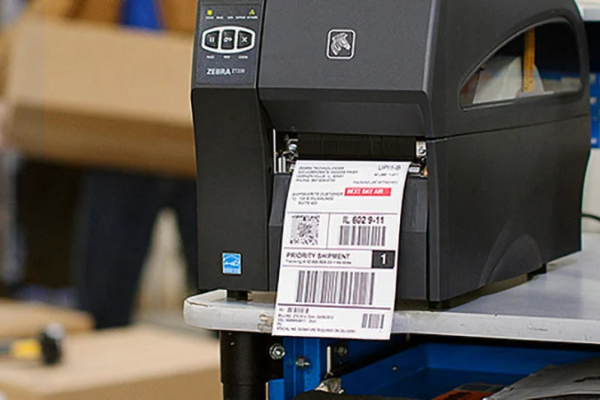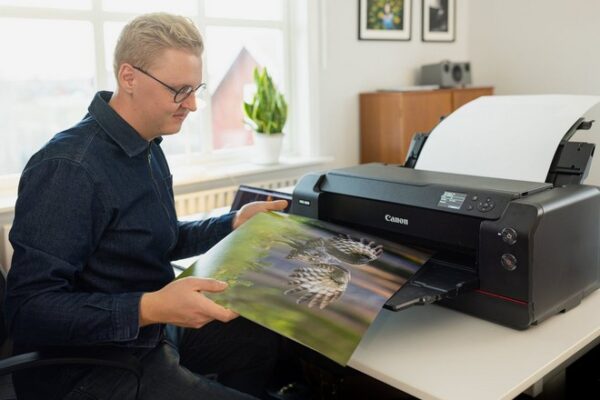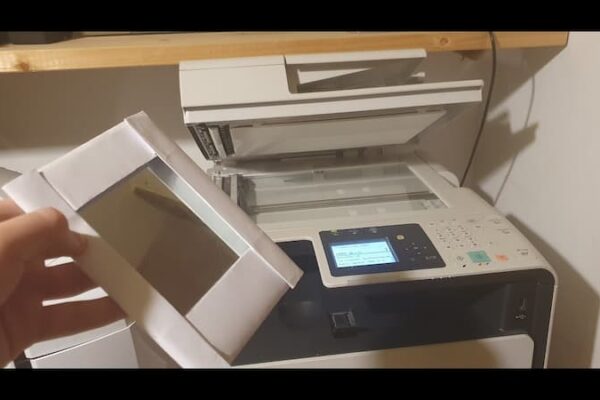To start with, what is difference between inkjet and ink tank printers?
The only difference between an inkjet and ink tank printer is that: inkjet printers get ink from standalone cartridges, while – ink tank printers have larger ink reservoirs that supply ink into the cartridges through a tube.
Please continue reading for more information.
- What Is The Difference Between Inkjet And Ink Tank Printers?
- What Qualities Does An Ink Tank Possess?
- An Ink Cartridge Has What Characteristics?
- Ink Tank Pros And Cons
- Ink Cartridge Pros And Cons
- When Buying, How Will I Be Able To Tell The Difference?
- An Ink Tank Printer Or A Laser Printer: Which Is Better?
- When Do You Use An Inkjet Printer?
- The Difference Between An Inkjet Printer And A Sublimation Printer
- Conclusion
What Is The Difference Between Inkjet And Ink Tank Printers?
An example of an inkjet printer is one with an ink tank. Technically speaking, it would be better to inquire as to the distinction between inktank and other inkjet printers. The main distinction is that an inktank-style printer separates the print head from the ink reservoirs. Contrarily, the printhead is frequently integrated into the ink cartridge in consumer inkjet printers, which means that whenever new ink is used in that kind of printer, a new printhead is also produced.
Whichever you choose to use will depend on how you operate your printer because the image quality will be the same regardless.
An inktank inkjet will be the obvious choice if you have a printer that is used for large projects in a professional setting. Inktank printers generally have much higher volumes of ink in each “tank” and each primary color can be individually changed when low, reducing overall operating costs per print.
A regular inkjet printer, however, might be more useful for everyday consumer use. For starters, if you don’t use the printer for prolonged periods of time, the printhead may become clogged. Secondly, replacing an ink cartridge with an integrated printhead is typically less expensive than doing the same for an inktank printer. Even though the cost per print would be higher, the ink cartridges are significantly less expensive because of the lower ink volume. A standard inkjet printer will be less expensive to purchase, which is another consideration.
What Qualities Does An Ink Tank Possess?
There is no built-in print head in ink tanks. Both a black ink tank and separate color tanks are used in these varieties. The ink in these tanks can be topped off as necessary from an ink bottle, and it is delivered via an integrated ink system right to the printer. Continuous ink tank printers are a common term used to describe printers that use ink tanks. See more about Can Printers Print Edge To Edge?
An Ink Cartridge Has What Characteristics?
Ink cartridges are ink containers with built-in print heads. These cartridges are tiny containers filled with liquid ink that are made separately from the machine but used inside the printer to print. With some printers, a single cartridge containing the colors black, magenta, yellow, and cyan is sufficient, while with others, separate cartridges are required. A cartridge can either be replaced or refilled after its ink runs out.
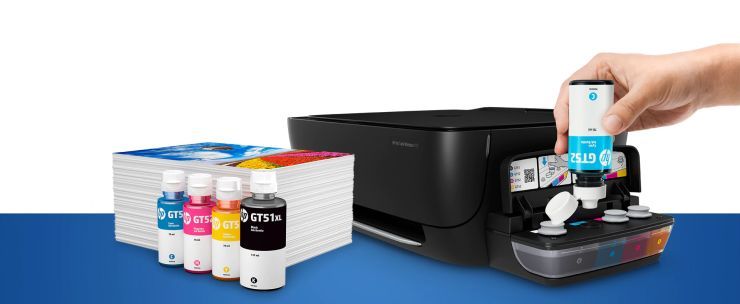
Ink Tank Pros And Cons
Over time, using ink tanks rather than ink cartridges typically results in lower printing costs. As a result of the cost of an ink tank printer typically being higher than a printer using an ink cartridge, it may take some time before this savings is realized. For those with some extra cash, buying a printer with ink tanks may ultimately result in lower printing costs. Although it can be a little challenging to get the hang of refilling ink tanks at first, with some practice you should be able to become an expert. One advantage of ink tank printers is that the ink is delivered to the printhead through an airtight tube, making it more difficult for the ink to dry out when not in use. In spite of this, print heads can still dry out.
Ink Cartridge Pros And Cons
Ink cartridge printers are typically less expensive to buy. Printers that use ink cartridges have lower initial costs, but their ongoing printing costs tend to be higher than those that use ink tanks. Although the process of replacing printer cartridges is generally fairly simple, doing so can be expensive as well. Refilling a cartridge with additional ink is another affordable choice. This process can be tricky to master at first, similar to ink tanks. The ink can dry out when not being used, which is a drawback of ink cartridge printers. Those who don’t print very often may find it upsetting when their cartridges are dry when they go to print again. To reduce the likelihood of ink drying out, it is best to ensure regular printing.
When Buying, How Will I Be Able To Tell The Difference?
Usually, a printer will indicate whether it uses an ink tank or a cartridge on the device. Searching for your printer’s make and model on Google should yield the information you need if you’re unsure of the kind of ink it needs.
An Ink Tank Printer Or A Laser Printer: Which Is Better?
Well, first of all, it’s “ink jet printer” – this relates to the technology in which small droplets of ink are projected at the substrate. The term “ink tank” (which I have never seen) may refer to the ink storage system, which uses a larger tank filled with ink that is connected to the print head by tubes rather than smaller cartridges as part of the head assembly.
Secondly, “better” is rather subjective, especially since you haven’t specified what kind of printing you plan to do.
- Inkjet is preferable for photographs because it can offer a wider tonal range.
- Live in a dry area and won’t use the printer frequently? A laser printer might be better because inkjet inks can dry out in print head nozzles.
- If the paper is wet, is it water-resistant? Unlike inks, which may smear if the paper gets wet, laser won’t smear.
- printing on various materials, perhaps including canvas? Inkjet does not entail direct contact with the substrate (the ink droplets are essentially being “spat at” the paper or canvas). Laser requires smooth paper to work
The fact that there are numerous factors to take into account and no easy solution, as with many things in life, is the key point.
When Do You Use An Inkjet Printer?
For printing photos or high-quality images, inkjet printers are more frequently used. Inkjet printers’ four inks result in softer gradients due to their intermixability.
A color laser would work if you needed to print files with text and images that weren’t in the best quality. Because the toner plastic powder in a laser printer is not melted and fused to the paper like liquid ink is, the print quality is not as good as that of an inkjet printer.
Laser printers are preferable if you need to print a lot of text because they have faster printing speeds and cartridges with a higher page yield.
The Difference Between An Inkjet Printer And A Sublimation Printer
The process used to create the photo differs between the dye sublimation printer and an ink-jet printer, in addition to the print quality. A 300×300 dpi (dots per inch) image is produced by an ink-jet printer using a printer cartridge.) The majority of printer cartridge manufacturers don’t produce resolutions that are truly photo-quality. The majority of clients also express dissatisfaction with the printer cartridge’s ink capacity, which they claim prevents them from printing more than 20 or 25 photos before needing to replace it.
Using a ribbon with a resolution of 5760 x 1440 dpi and a color gamut of 16.77 million, dye sublimation printers can produce images. With a square resolution, it can also print 256 colors on a single dot. That indicates that both sides have the same color. This feature is not available on the ink-jet.
Some ink-jet printer manufacturers assert that the photos printed by their cartridges will last for centuries. Customers have, however, complained that the photos fade after just a few years and that the colors run if the photo is wet. This issue seems to affect nearly all brands of printer cartridges. In testing conducted by the manufacturer, dye sublimation printers produce images that do not fade and whose colors do not bleed when wet. A wet coffee cup will not leave a ring when placed on the pictures.
The process of dye sublimation involves defusing dye, not ink, onto the paper. When heated, the ribbon-like dye, which is in the form of a dye, releases a defused gas. Ink is absorbed by the paper’s special receiving layer. The different shades are produced by using various heat settings to produce the necessary colors. 256 different variations of each color can be printed by the print head. Using a unique over coating layer, the dye is sealed onto the paper. This guards against UV light, water damage, and fingerprints on the image. The prints are dry and ready to touch as soon as they exit the printer. The colors won’t run, smear, or blotch as a result.
A higher resolution is not required because dye sublimation printers can produce a continuous tone. A resolution of 300 dpi will be equivalent to a 4800 dpi ink-jet print because dye sublimation can fool the human eye.
Dye sublimation, also known as dye sub, is renowned for its high-quality, continuous tone output. To create the continuous tone process, all color graduations are utilized. For instance, a continuous tone printer will print all the shades of gray that exist between true white and true black when displaying the scale from white to black. Half-toning is used in ink-jet printing.
Conclusion
As continuously as ink tanks are used in continuous ink tank printers, so is the argument between ink tanks and cartridges. As each type of printer has advantages and disadvantages of its own, it is difficult to determine which is the overall winner. What works best for you will depend on a number of factors, such as the specifications you want for your printer, the amount of money you want to spend, and the amount of effort you want to put into ink replacement.
Regarding your reading, I thank you.

